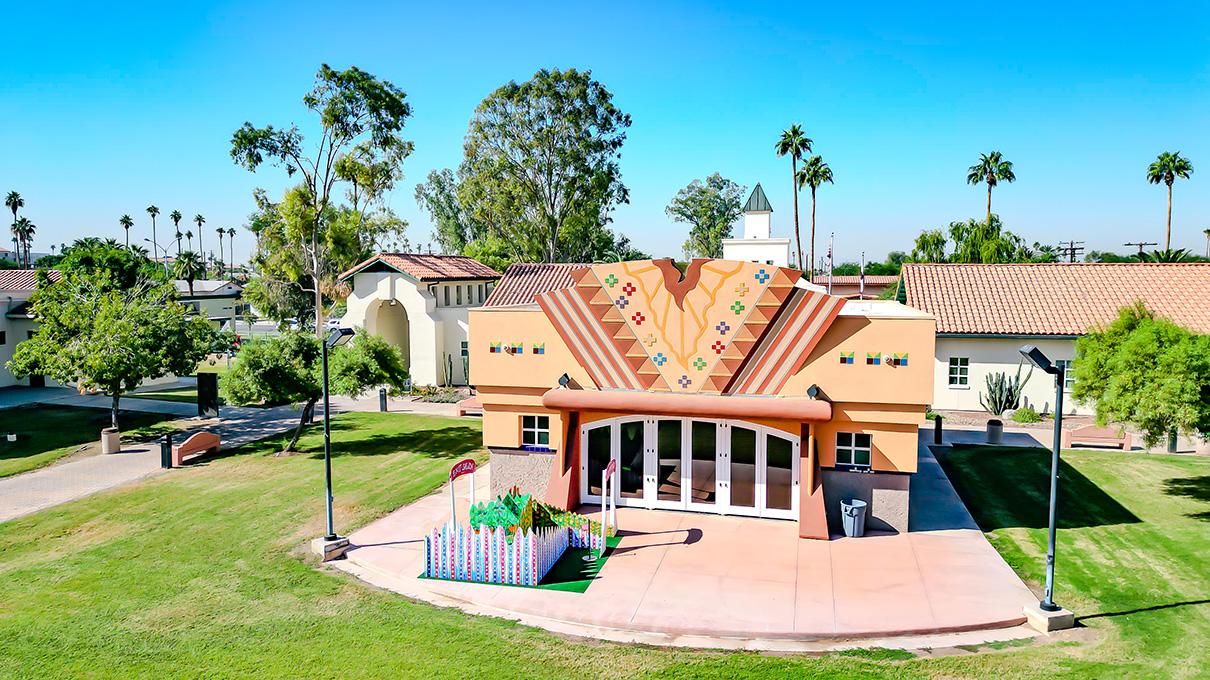Hope Floats
Development vs. preservation in the Tijuana River Watershed.

This story appears in the fall 2015 issue of 360: The Magazine of San Diego State University.
The Tijuana River laughs at the idea of a border, of an impenetrable demarcation between the United States and Mexico. We humans fret over a line in the sand, but the water that flows into the river originates from both sides of that line, then wanders back and forth across it for many miles before finally emptying into an estuary that presses up to the boundary separating its parent nations.
More than 1.3 million people live within the 1,724-square-mile watershed; the San Diego-Tijuana metropolitan zone has more than 5 million residents. When the watershed faces environmental hazards, it’s everyone’s problem.
For more than four decades, San Diego State University researchers and students have conducted science and policy research on the watershed. Pioneering ecologist Joy Zedler was among the first to bring attention to the ailing estuary, which has been disturbed by human activity.
Largely, the culprit behind the watershed’s problems remains the same today as decades ago: Development in Tijuana and Tecate has outpaced efforts to preserve wetland space or protect water quality.
“Contamination from the Mexican side has always driven these issues,” said transborder expert Paul Ganster, director of SDSU’s Institute for Regional Studies of the Californias. “Development forces have outstripped conservation forces.”
Mapping the problem
Over the years, an army of SDSU scientists and student researchers have achieved some success on these issues. They’ve fostered partnerships with colleagues from El Colegio de la Frontera Norte, Centro de Investigación Científica y de Educación Superior de Ensenada, and the Universidad Autónoma de Baja California, as well as with Mexican officials and environmental groups on both sides of the border. Together, they’ve published several influential bilingual atlases.
A big success story was the South Bay International Wastewater Treatment Plant in 1997. Before its completion, more than 10 million gallons of raw sewage flowed across the border and into the estuary every day. Now, the plant treats the sewage, then pipes it offshore. SDSU hosted meetings and provided research instrumental in the binational agreement to build the plant.
While the facility has improved water quality downstream from the plant, the rest of the watershed still faces daunting challenges. Land developers in Mexico favor rerouting segments of the river using concrete channels, which increase flooding risk downstream and don’t provide the same water filtration and wildlife habitat as natural or man-made riparian areas or wetlands. And pollution remains a serious problem.
Proposed solutions are often derailed by political shortsightedness, Ganster explained. Many U.S. politicians balk at the idea of spending U.S. dollars on Mexican infrastructure, and border travel restrictions make it difficult for academics and public sector officials to collaborate.
“You can’t have proper cooperative work with your colleagues in Mexico when you can’t easily travel across the border,” he said.
Hope floats
Ganster remains optimistic, though. The U.S. and Mexican governments recently negotiated a binding addendum to a 1944 water treaty. It establishes a framework for binational cooperation on sediment control, solid waste management and water quality. SDSU researchers participated in a number of workgroups and hosted citizen forums to facilitate this agreement.
Several lines of watershed research continue at SDSU, such as geography professor Trent Biggs’ work on keeping sediment out of the estuary.
“The estuary is like a big bathtub,” Biggs said. “If too much sediment flows in, it fills up. That kills wetland vegetation, prevents normal tidal fluctuations and turns it into a weedy upland environment.”
Sediment traps along the river catch some of this, but with the looming rainy El Niño weather pattern, sediment outflow could be a big problem this year.
Biggs is working with U.S. and Mexican agencies to stop sediment at its source. Unpaved roads along the river contribute much of it. These roads are also a problem for residents, who can’t drive on them when gullies form after storms.
“So what would happen if we paved all those roads?” Biggs asked. “It might significantly reduce sediment runoff, but it might also increase storm discharge into the river, causing flooding downstream.”
If paving and low-impact development practices wind up being viable solutions, they will almost certainly require U.S. investment. Ganster would like to see that become the norm.
“You have to have solutions that benefit both the U.S. and Mexico,” he said. “These are shared problems, so there should be shared solutions. I hope this leads to a more open flow of resources both ways. It might take a long time, but we need to work together.”


